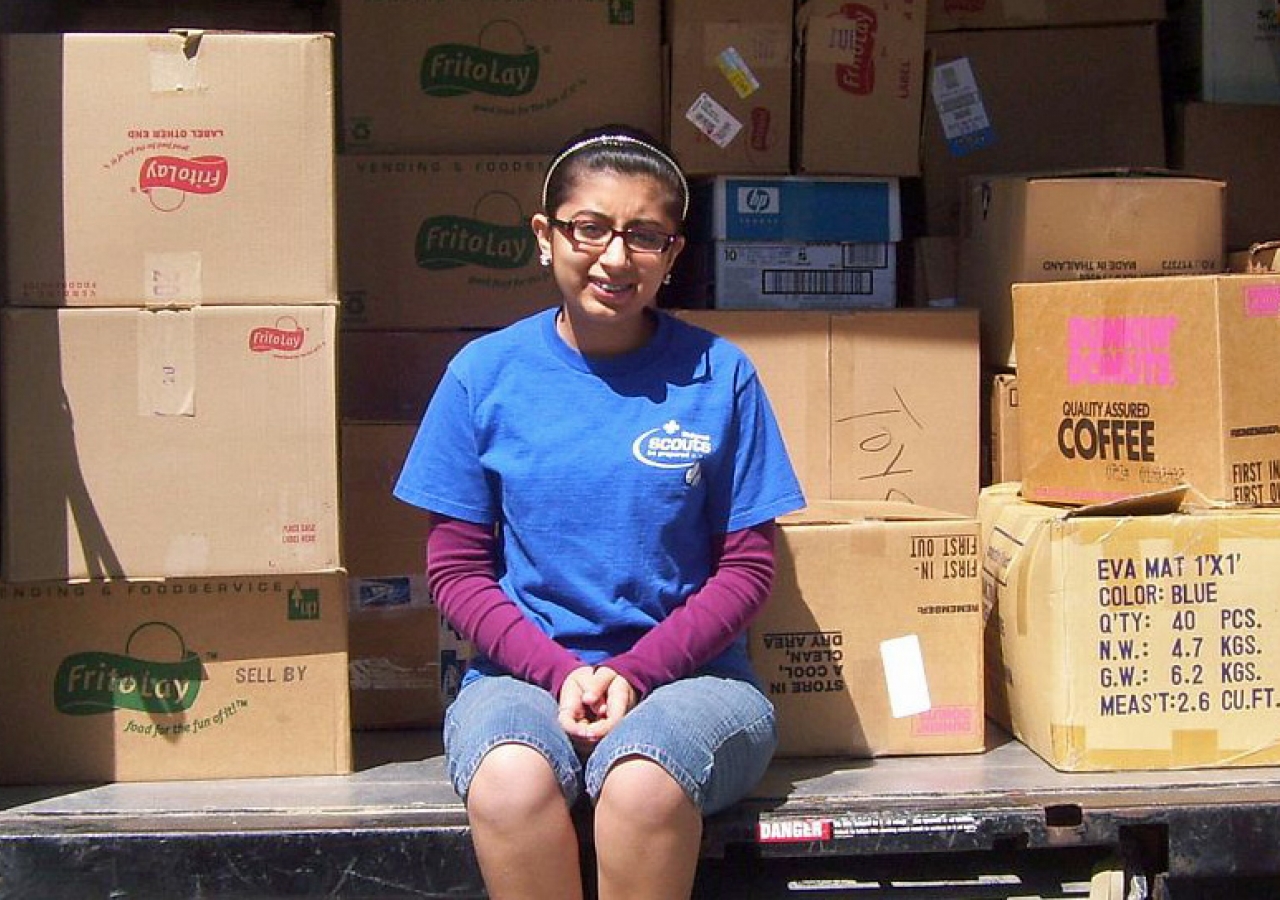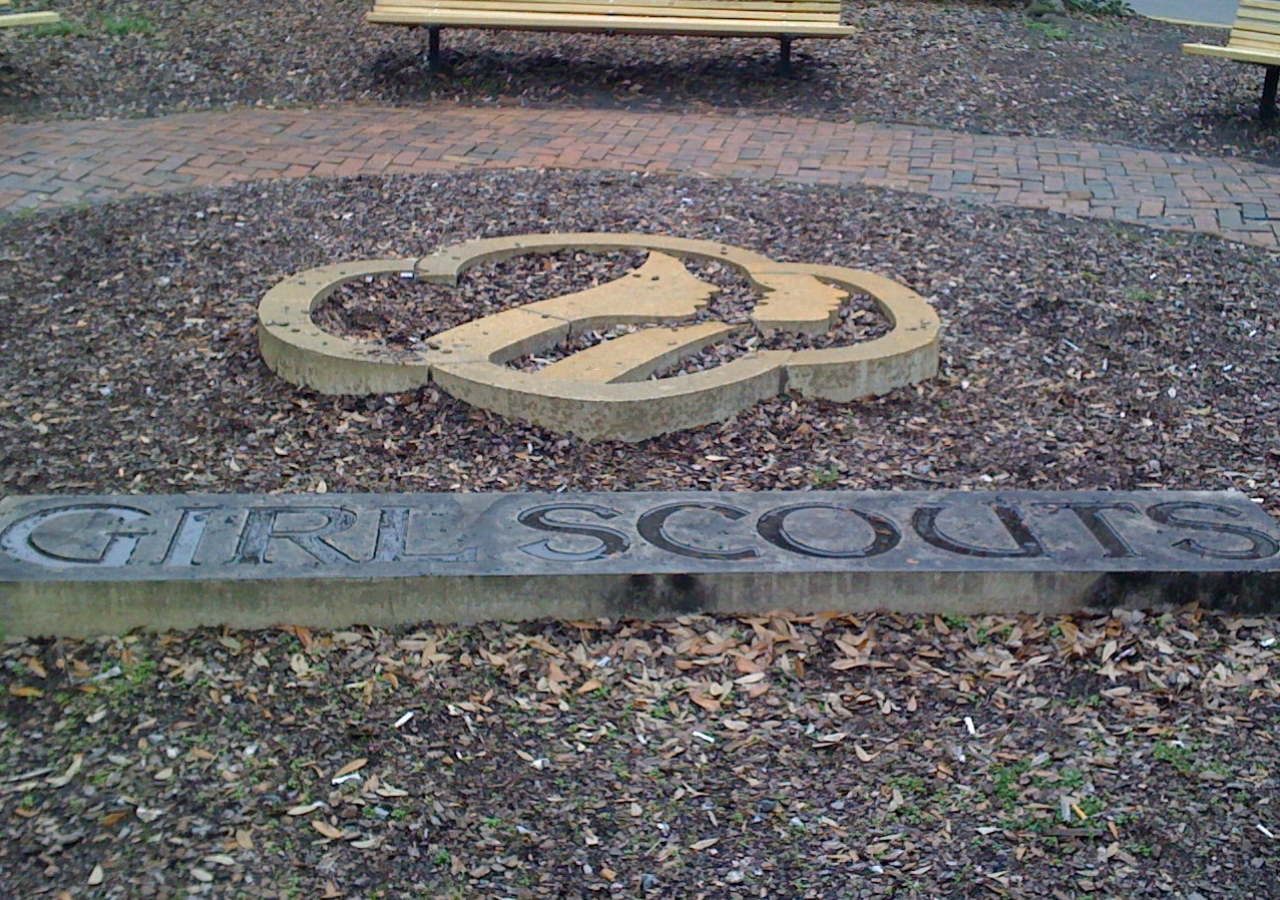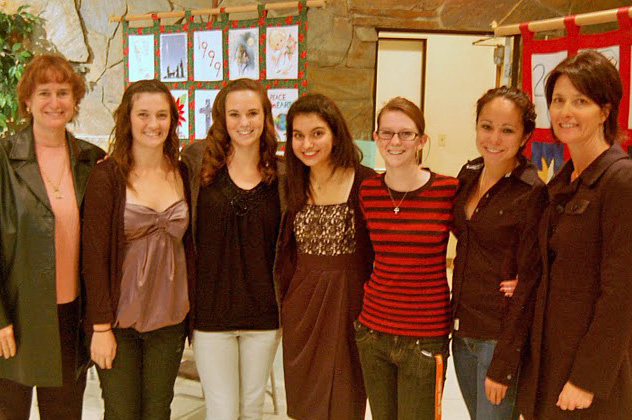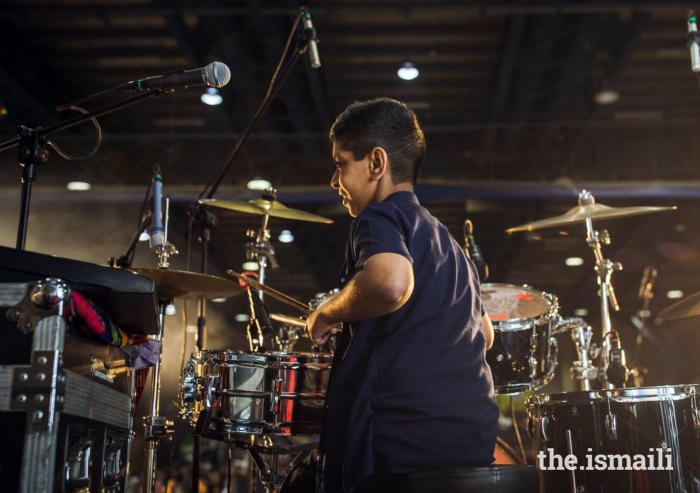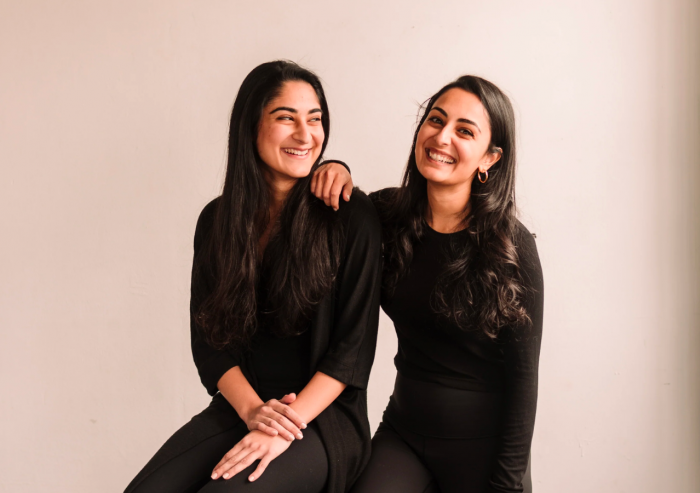“Girl Scouting and Girl Guiding can be the magic thread which links the youth of the world together.”
– Juliette Gordon Low, Girl Scouts of the USA founder.
A Girl Scout's life is typically associated with the selling of cookies, going to camps and earning badges – a phase of girlhood that might last 10 to 12 years. Shariffa Keshavjee, however, has been a Girl Scout for 57 years.
She began at the age of eight as a Girl Guide at the Aga Khan Primary School in Mombasa, Kenya. In 1993, she served as the World Association of Girl Guides and Girl Scouts representative at the United Nations. Today, she is the National Vice-Chairman at the Kenya Girl Guides Association (KGGA) and she helped begin the Hawkers Market Girl Centre in Kenya.
Who says that Girl Scouts is all about selling cookies?
An international movement
This year, the Girl Guide movement turns 98. The organisation's impact on the physical, mental and spiritual development of girls and young women has been phenomenal. It has empowered women to cultivate qualities such as leadership, moral values, social conscience and belief in their own potential to make meaningful contributions in life.
The Girl Guide movement is a part of the World Association for Girl Guides and Girl Scouts (WAGGGS) – the largest voluntary movement dedicated to girls and young women in the world. At a time when the empowerment of women was sorely needed, WAGGGS established itself with the purpose of providing girls and young women “dynamic, flexible and values-based training in life skills, leadership and citizenship,” says their website.
And women of substance it has built.
“Being part of the Girl Guide movement has given me the confidence to take on a national leadership position, something I never thought I'd be able to do,” says Keshavjee. “It has given me deep belief that, no matter how big a problem or how many people say it can't be solved, with partnerships, perseverance and a big smile, anything can be done.”
Empowering a younger generation of women
 Shariffa Keshavjee with members of the Kenya Girl Guides after a day of planting trees. Courtesy of Shariffa Keshavjee
Shariffa Keshavjee with members of the Kenya Girl Guides after a day of planting trees. Courtesy of Shariffa KeshavjeeBy giving a voice to the underrepresented and reaching out to those in need, Girl Guides bridge gaps, heal wounds and create lasting connections. True to the Girl Scout promise of helping people at all times, Keshavjee began the Hawkers Market Girl Centre in Nairobi, Kenya in 1993. Most of the vegetable market's 1 000 hawkers are women.
“Our attention was drawn to the five tonnes of waste in the market,” says Keshavjee, explaining how the project started, “and to the girls scavenging in the rubbish.”
After establishing a composting group to recycle the waste from the market, they set up a school for the girls they found scavenging in the slums. With financial support from the Count Paroo Charitable Fund and donors from the Ismaili community, Keshavjee and her colleagues provide vocational training for 18 girls every year.
There was a reason Keshavjee decided to call it the Hawkers Market Girl Centre rather than School. With the volunteers it attracted from abroad as well as from the Aga Khan Academy in Mombasa, the establishment offered more than just academic classes. A well-rounded curriculum that includes health education, environmental studies, and spirituality, makes the centre a home for those who may have ended up living forever in the slums.
Keshavjee's efforts were recognised internationally when the Hawkers Market Girl Centre became a finalist for the BBC World Challenge in 2008. Although this was one of her favourite moments as a Girl Guide, there have been others.
“The best memories are the hundreds of silent gestures, an unexpected hug, a shy smile, seeing an abused child blossom into a confident young woman,” says Keshavjee.
Creating a musical opportunity
This Scouts tradition of passing on confidence and empowerment to the next generation as well as neighbouring communities continues among younger scouts today. Shaira Bhanji, a high school senior in California and a member of the Girl Scouts of the USA, decided to create a project that would benefit a music programme at the elementary school she had attended.
Due to budget cuts, the programme was no longer able to provide instruments for students to rent. Bhanji was able to collect donations of money and old instruments so that children who wanted to take part in the music programme could do so. Bhanji, who plays violin herself, also held a music benefit concert in order to supplement the donations she received.
“Music is a huge part of my life,” says Bhanji. “I knew I wanted other kids to have that opportunity and not lack instruments or consider money as a hindrance.”
Bhanji received the Girl Scout Gold Award for her project. This prestigious award is only given to about five per cent of Girl Scouts in the USA, and is the highest award that a Girl Scout 14-18 years of age can earn.
Reaching out across continents
Another Gold Award recipient, Natasha Tharwani, believes that being recognised through the award makes the whole experience of being a Girl Scout remarkable. Tharwani worked closely with RISE International, an educational development agency, to raise money for schools in Angola.
“The entire experience helped me learn a lot more about myself and what kind of person I want to be,” says Tharwani. Inspired by the Girl Scout leaders who guided her growing up, Tharwani is also determined to be a role model.
Bhanji and Tharwani add that being involved with Girl Scouts has helped them create lifelong connections with their troops, as well as provided them with countless opportunities to render service.
The veteran Girl Scout Keshavjee agrees with the high-schoolers.
“I feel that ‘service' cannot be separated from the rest of life. Life itself is service,” says Keshavjee. “Every waking moment is an opportunity to serve, whether it is through a compliment, a helping hand, or a listening ear.”

